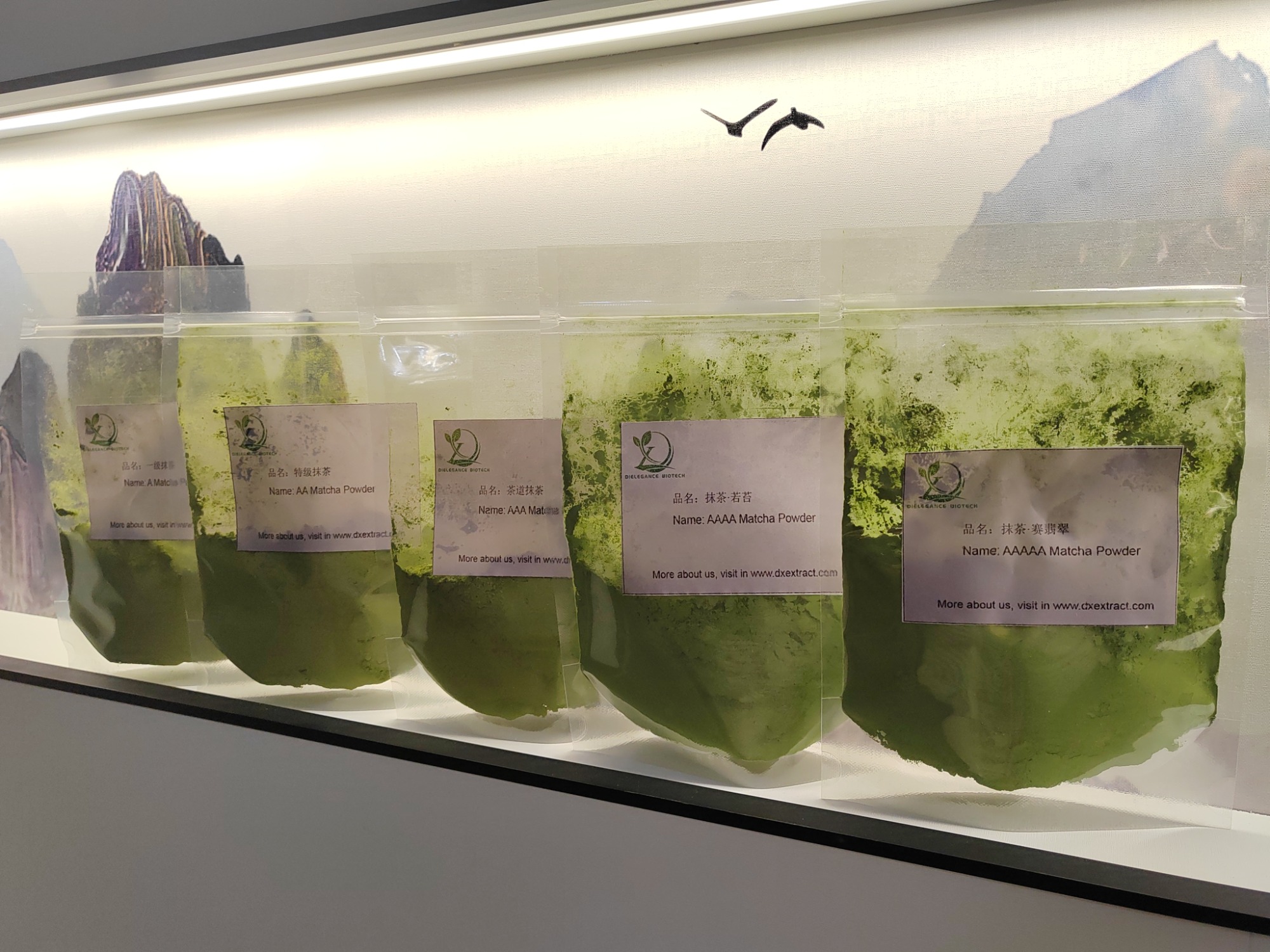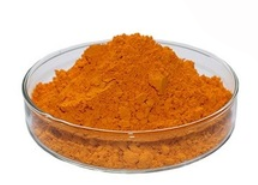Everything You Need To Know About Matcha | Hefei Dielegance Biotechnology Co., Ltd.
What is Matcha?
Matcha Green Tea comes from the leaves of the Camellia sinensis plant. It is a high-grade green tea leaf ground into powdered form. It originated in China thousands of years ago. Eisai, a Zen priest who lived during the eighteenth century, claimed that matcha is "the ultimate mental and medical remedy and has the ability to make one's life more full and complete".
Matcha’s origins are traditionally ceremonial, the green tea powder is widely popular around the globe in beverages like tea lattes or bubble tea, and as a culinary ingredient in dishes from ice cream to salad dressing.
Matcha History and Origin
In China during the Tang dynasty (618–907), tea leaves were steamed and formed into tea bricks for storage and trade. The tea was prepared by roasting and pulverizing the tea, decocting the resulting tea powder in hot water, and then adding salt. During the Song dynasty (960–1279), the method of making powdered tea from steam-prepared dried tea leaves and preparing the beverage by whipping the tea powder and hot water together in a bowl became popular.
Preparation and consumption of powdered tea was formed into a ritual by Chan Buddhists. The earliest extant Chan monastic code, titled Chanyuan Qinggui (Rules of Purity for the Chan Monastery, 1103), describes in detail the etiquette for tea ceremonies.
Zen Buddhism and methods of preparing powdered tea were brought to Japan by Eisai in 1191. In Japan, it became an important item at Zen monasteries and from the 14th through the 16th centuries was highly appreciated by members of the upper echelons of society.
A growing interest in powdered tea and consumption of matcha globally has fuelled a growing resurgence in China where it has not been popular for some time.
How is Matcha Different?
Matcha Green Tea comes from the leaves of the Camellia sinensis plant. How the tea leaves are cultivated and processed is completely different than any other tea in the world.
All matcha Tea Leaves are made from shade-grown tea leaves, a labour-intensive process where the tea bushes are protected from the sun and light is filtered to the bushes in a very controlled manor. Shade over the plants boosts the chlorophyll production in the plant, giving the leaves a stunning rich green colour. The lack of sun on the leaves reduces the plant’s photosynthesis of the leaves, which in turn alters the naturally occurring levels of theanine, sugars, flavanols and caffeine. By controlling the sunlight over the tea leaves, the tea producers can dramatically alter the flavour and chemical make-up of the final tea leaves.
Seasonal: Only the new spring buds and first three leaves of the shade grown tea plants are hand-plucked for matcha production. Therefore, the window for production is very limited, which is one of the reasons matcha is one of the more expensive teas.
Steamed: Like most Japanese teas, the tea leaves destined for matcha are first steamed. The leaves are treated briefly with steam heat within hours of plucking to both halt the oxidation process and bring out the rich green colour of the shade-grown tea leaves even more. The steaming process creates a unique flavour profile that is often described as sweet and vegetal.
Stone ground: Instead of being rolled, shaped, and dried like traditional green tea leaves, the leaves destined for matcha are laid flat to dry and become tencha, the leaves from which matcha is made. The tencha leaves are then stripped of their stems and veins. The remaining leaf material is ground in slow-turning stone mills, yielding a smooth green tea powder.
Matcha Types
Matcha is grown in many regions across China nowadays to meet world matcha market demands, and each region and tea makers will produce slightly different flavour profiles and colours in the final ground green tea leaves.
Ceremonial grade: Ceremonial grade Matcha is the highest quality matcha from lovingly cultivated tea buds and tea leaves. Ceremonial grade Matcha has the most attention to detail given during processing of the plant.
The outcome is to yield the a stunning delicate, smooth tasting matcha tea, with a fresh aftertaste. Ceremonial grade Matcha is meant to be enjoyed on its own, without sweeteners or additives, to really enjoy and appreciate the intended flavour.
Culinary grade: culinary grade matcha is much more robust and bitter in flavour, which makes it a great addition to culinary dishes and desserts.
Culinary Grade Matcha can include ground leaves that still have some stems and veins attached, making it a muddy green colour and less bright than ceremonial grade, and it may often include a mix of matcha powder from several sources. Culinary grade matcha should still be whisked with hot water into tea and sipped. Culinary Grade Matcha is a fantastic matcha tea to use with milk or plant-based milks for cappuccino & lattes and great for using in cocktails.
 Matcha Storage
Matcha Tea is best made and sipped as soon as possible after its production. Matcha is a ground tea, so if it is exposed to oxygen, it will immediately start to degrade the natural colour and flavour of tea. If stored sealed in a cool, dark place it can stay fresh for up to 12 to 16 weeks.
Where to Buy Authentic Organic Matcha Tea Powder?
To ensure you’re getting the best matcha worth sipping, buy it from a reputable company such as ourselves Hefei Dielegance Biotechnology Co., Ltd. If so, Hefei Dielegance Biotechnology Co., Ltd. would be your trustworthy supplier and manufacturer for authentic organic matcha tea powder. For more product details, you can check information on our product page Organic Matcha Tea Powder or contact us via email address simon@dielegancebiotech.com.
Matcha Storage
Matcha Tea is best made and sipped as soon as possible after its production. Matcha is a ground tea, so if it is exposed to oxygen, it will immediately start to degrade the natural colour and flavour of tea. If stored sealed in a cool, dark place it can stay fresh for up to 12 to 16 weeks.
Where to Buy Authentic Organic Matcha Tea Powder?
To ensure you’re getting the best matcha worth sipping, buy it from a reputable company such as ourselves Hefei Dielegance Biotechnology Co., Ltd. If so, Hefei Dielegance Biotechnology Co., Ltd. would be your trustworthy supplier and manufacturer for authentic organic matcha tea powder. For more product details, you can check information on our product page Organic Matcha Tea Powder or contact us via email address simon@dielegancebiotech.com.
High quality organic matcha powder is one of our most competitive products with stocks available all year round. By providing superior quality, we establish long-term relationships with our clients.






